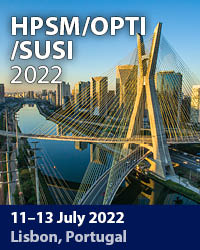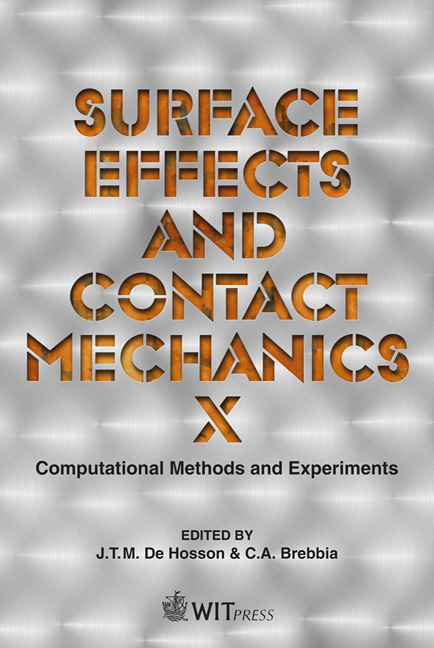Improvement Of Corrosion Resistance And Bio Compatibility Of Medical Nickel-Titanium Alloys Through Forming TiO2 Thin Film
Price
Free (open access)
Transaction
Volume
71
Pages
10
Page Range
149 - 158
Published
2011
Size
3,616 kb
Paper DOI
10.2495/SECM110131
Copyright
WIT Press
Author(s)
Y. Kimura
Abstract
Nickel-Titanium alloys have been investigated for applying to various surgical procedures. However, little is known about the toxicity of Ni-elements and the actual conditions of surface modification of Ni-Ti alloy for preventing the toxicity of Ni. In this study, the corrosion resistance of Ni-Ti alloys was improved through making TiO2 thin film by conducting in air oxidation and reactive sputtering. These thin films were characterized using FE-SEM, XRD, XPS and AFM. And judging from the polarization curves obtained by electrochemical measurement in a quasi-living body environment, corrosion resistance of Ni-Ti super elastic alloy was evaluated. In addition, the effect of air oxidized Ni-Ti alloy specimen upon cell multiplication and morphological change of cell were investigated by culturing cell 72 hrs on Ni-Ti alloy specimen surface with TiO2 thin film. From these considerations, some trials for establishing a method for TiO2 thin film formation on the surface of Ni-Ti alloy were conducted from the view point of improving biocompatibility. Keywords: Nickel-Titanium alloy, corrosion resistance, bio compatibility, surface modification, TiO2 thin film, air oxidation, reactive sputtering, cell multiplication and morphological change of cell, air oxidation under suppressed partial pressure oxygen condition. 1 Introduction In recent years, some concerns have been raised about the corrosion resistance for implant alloys with aging society. Implant materials have demanded biocompatibility for a long term without a re-operation. The biocompatibility of implant materials means not giving bad influence to living body and not losing
Keywords
Nickel-Titanium alloy, corrosion resistance, bio compatibility, surface modification, TiO2 thin film, air oxidation, reactive sputtering, cell multiplication and morphological change of cell, air oxidation under suppressed partial pressure oxygen condi





